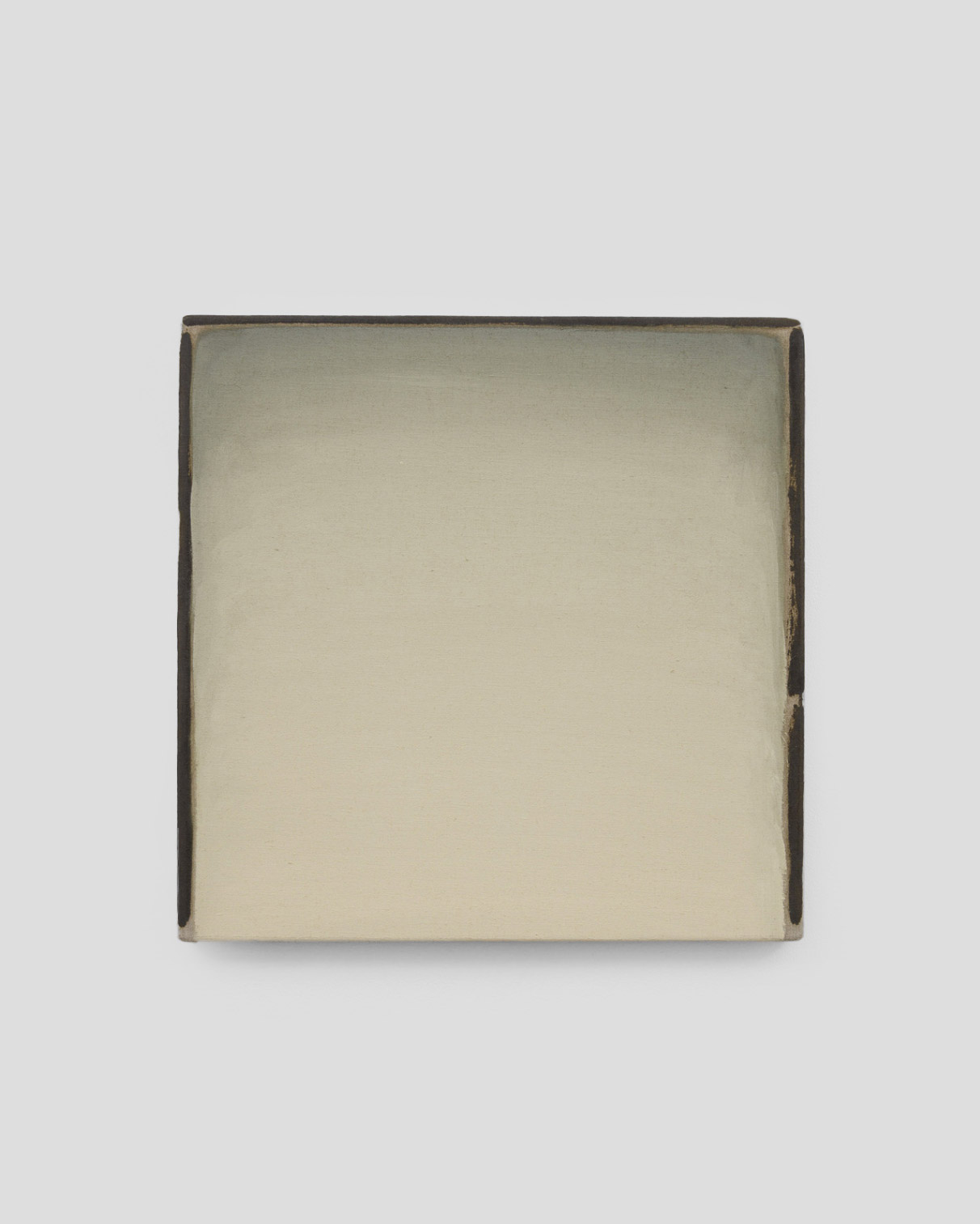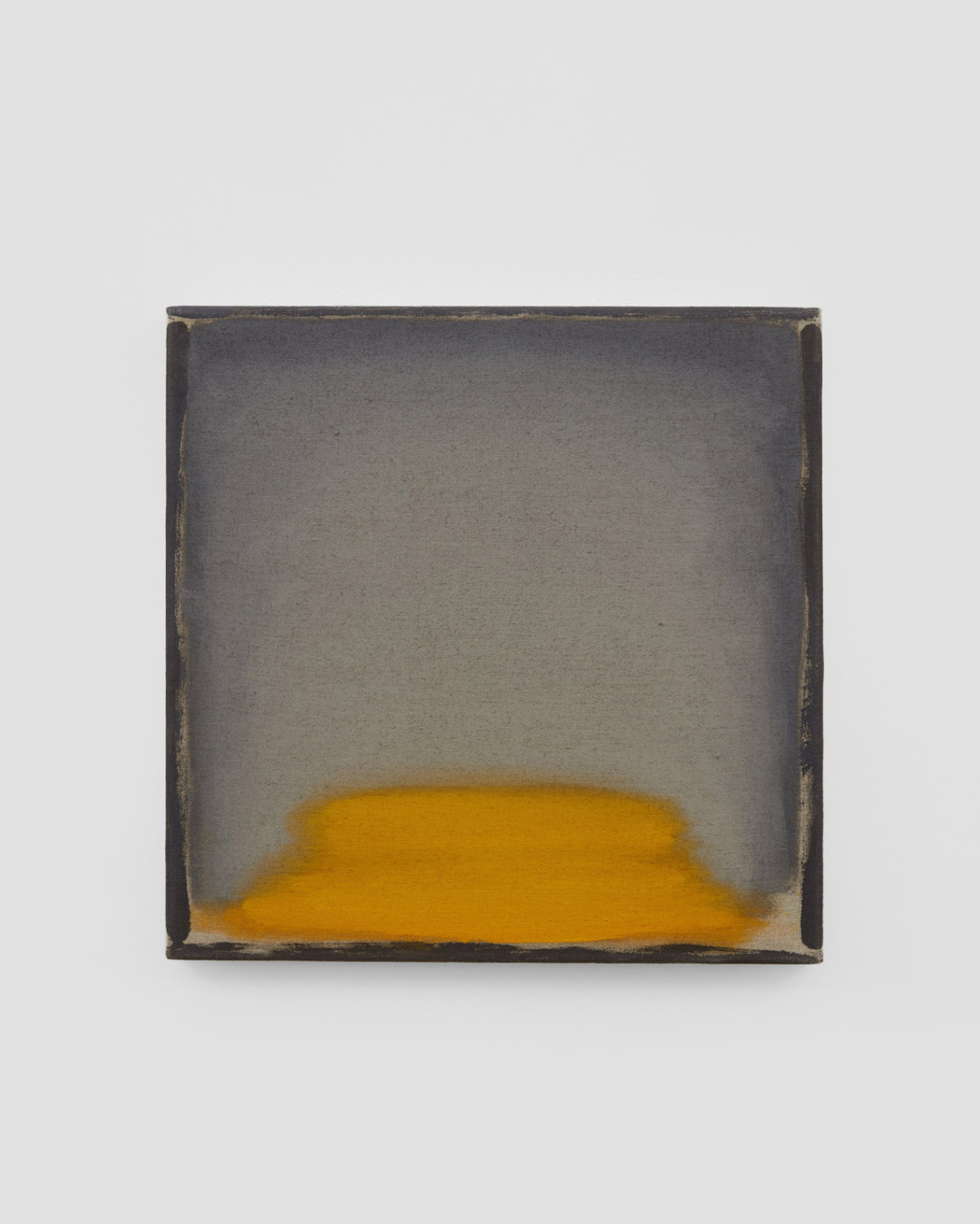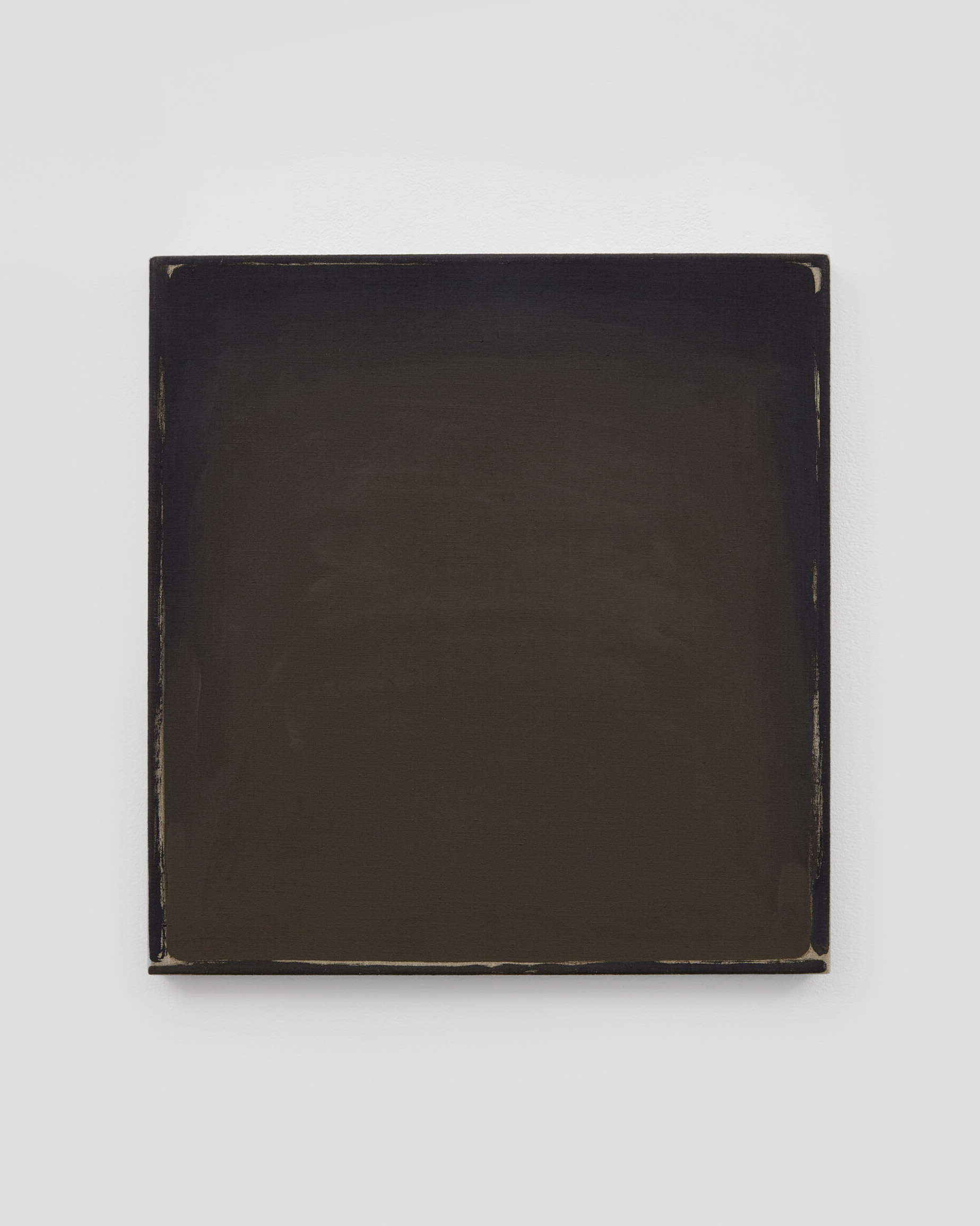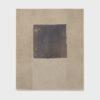William McKeown (1962 – 2011) was a significant painter, watercolorist, and draughtsman from Northern Ireland. His minimalist and monochrome paintings brought nature and everyday life into a dialogue of philosophical depth.
Raised on a farm in County Tyrone, McKeown found a lifelong inspiration for his work in nature.1 He attended prestigious art schools in London and Glasgow before earning his Master’s in Fine Art at the University of Ulster in Belfast. After his studies, McKeown worked at the Kerlin Gallery in Dublin, where his first solo exhibition was presented in 1996.
McKeown’s art is informed by a deep philosophy. The main ideas that run throughout his work are states of happiness and freedom, and an appreciation of nature. He initially played with monochrome in his mostly small-scale abstract paintings but later explored subtle, luminous gradations of color.
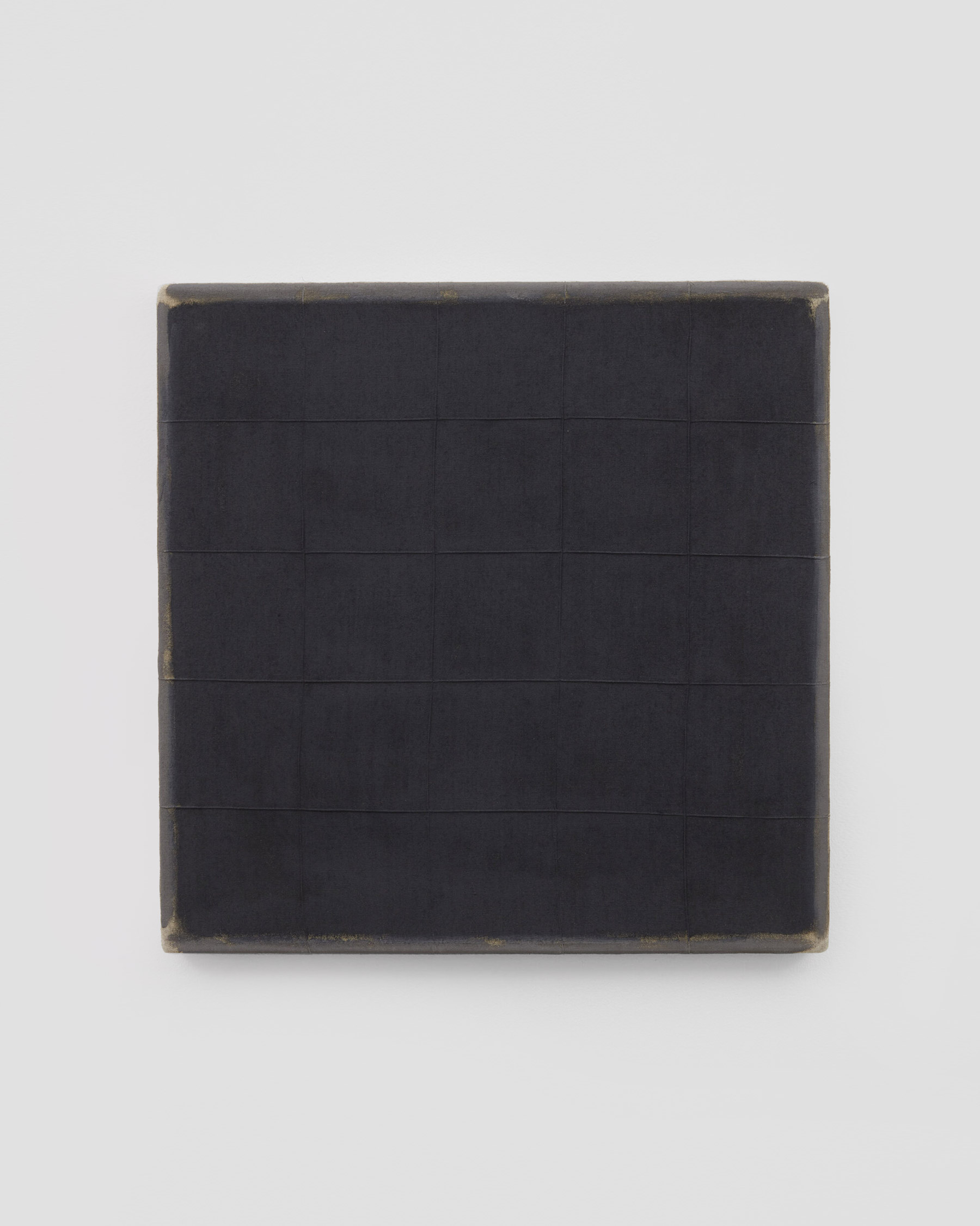
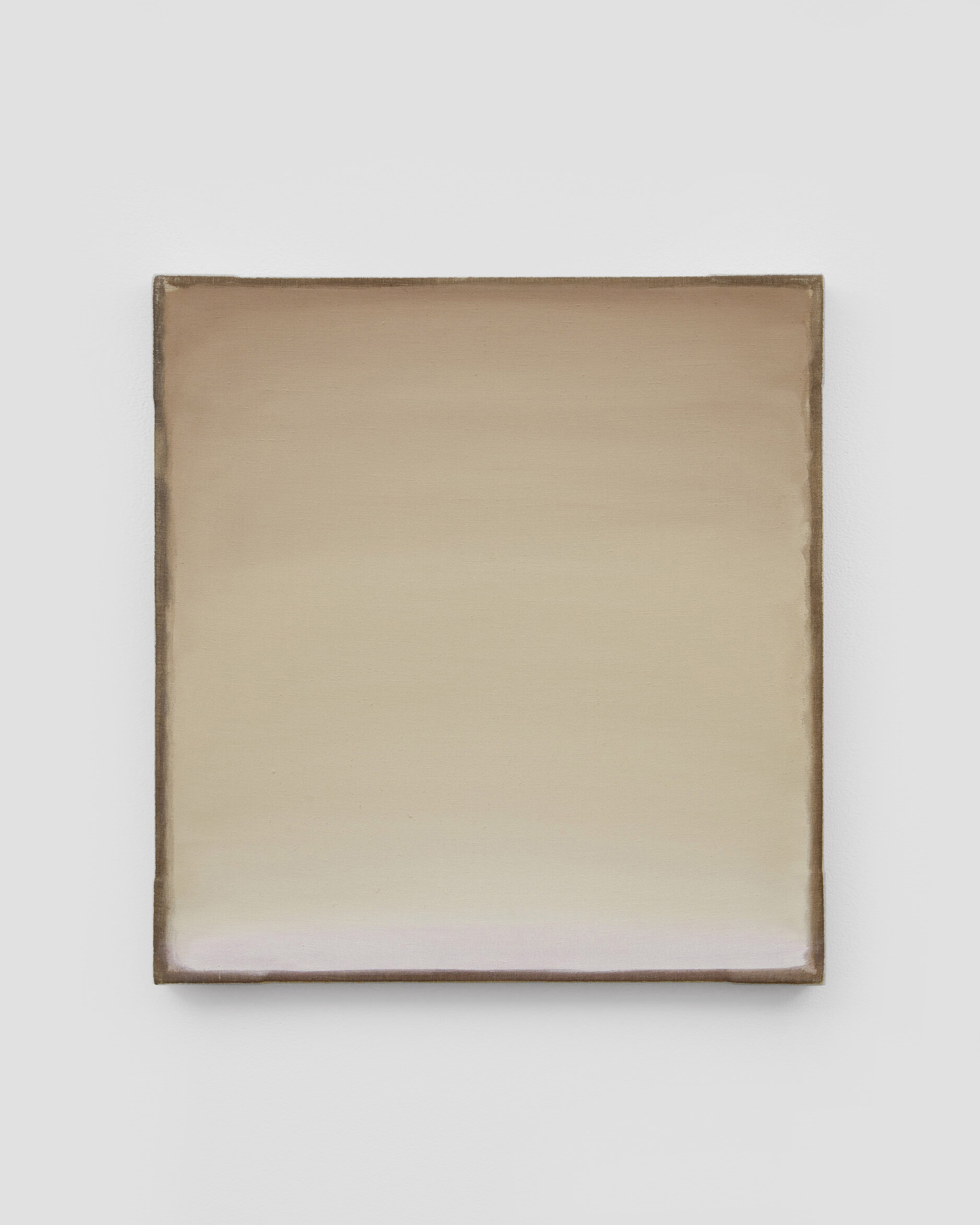
A closer look reveals that each painting is slightly off-square, freeing itself from the perfection of geometry.2 In their depth, his paintings reveal an intense beauty as well as a meaningful message. With titles like “Hope” and “Freedom,” McKeown questions reality and encourages us to explore and appreciate the beauty of nature and our surroundings.
Sometimes his works were presented in specially made “room installations”. These are wooden constructions that simulate a sterile environment with wallpaper and artificial light. McKeown’s luminous works thus become a window to the world, offering the viewer an escape from the banality of everyday life into the infinite expanse of the sky.2
McKeown died in Edinburgh in 2011, at the age of 49. Despite his early death, he left behind an impressive artistic legacy. His works appealed to our perception and sensibility, stimulating a sense of freedom and openness, showing us the beauty in the everyday. This passionate devotion to the positive aspects of life, expressed in his paintings, makes William McKeown a special representative of contemporary art.
